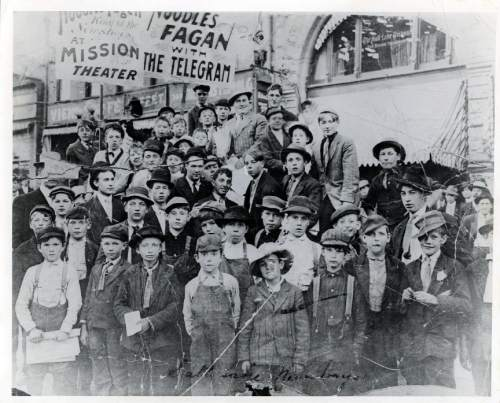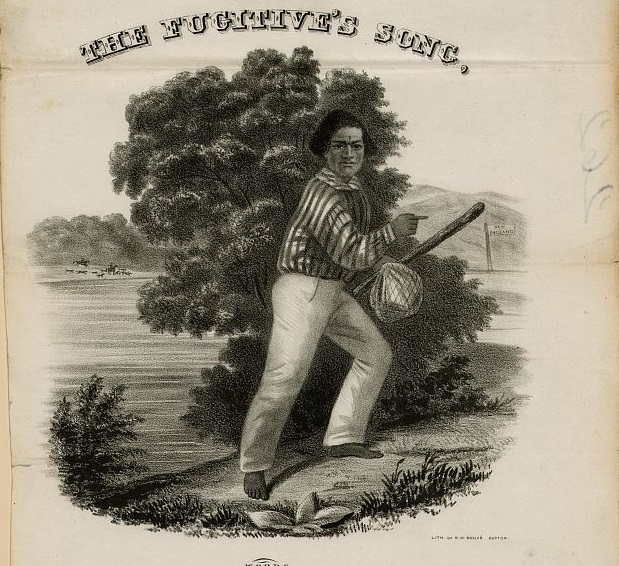When you think of war, I'm sure that like me you think of the "good guys" vs. the "bad guys", but who decides who's good and who's bad? The media and their war propaganda. United States Senator Hiram Johnson said "The first casualty when war comes is truth," there are two sides to every story and normally with war, you're not going to find the truth from either side. War today is not like war years ago, war now is made up of Military presence, some type of economic and political evolvement, and propaganda pressure. Continue reading to see how press has effected war through the years.
The government really started to censor the media at this time on radio, music, newspapers, etc. At the time, radio was the cheapest and easiest form of mass media for the public, which made it a great way to spread wartime propaganda to U.S. citizens listening. Propaganda also took form in comic books and cartons: Little Orphan Annie started to introduce war themes, and superheroes like Superman were seen fighting the German's, Hollywood began to include propaganda in their movies plots, as usual, but they did lose access to most foreign markets so many films were directing directly toward Americans. Documentaries were filmed with hopes to recruit more young men into different branches of the military. Wartime propaganda is still in America, but it has begun to change.
The CNN Effect is a theory constant coverage of major events on TV networks, like CNN, can influence domestic and foreign policy agendas. CNN had constant filming of the war in the middle east, which allowed the world to wake up daily and see all that was going on with the war. This was big since it welcomed constant conversation and opinions, but it also effected these opinions. It changed how politicians and lawmakers reacted to issues happening in the world and with war, it made these same people take responsibility for their actions. It showed what was happening in the world, but also used to make America look so much better in comparison, it called for change.

























